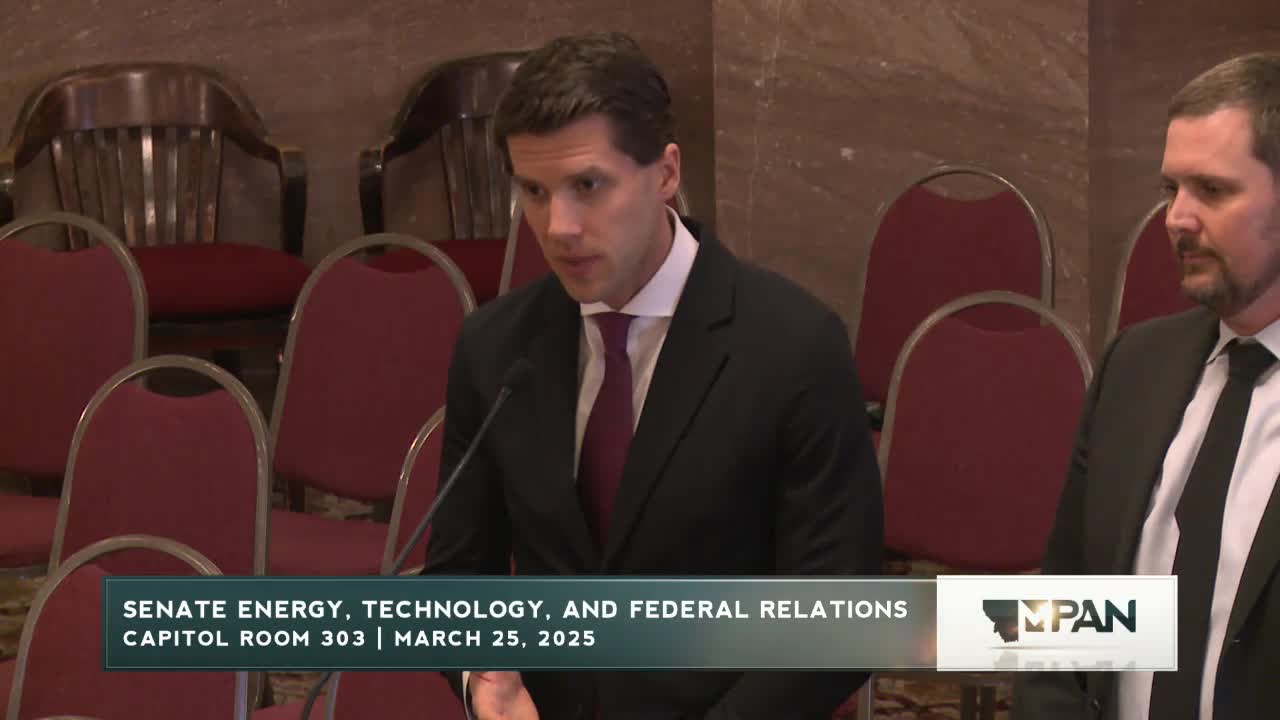NextEra discusses Glendive Wind Project funding and sage grouse impact concerns
March 25, 2025 | 2025 Legislature MT, Montana
Thanks to Scribe from Workplace AI , all articles about Montana are free for you to enjoy throughout 2025!

This article was created by AI using a video recording of the meeting. It summarizes the key points discussed, but for full details and context, please refer to the video of the full meeting. Link to Full Meeting
The committee addressed concerns regarding property tax abatements, which are incentives offered to attract investment in local communities. These abatements are designed to make projects like the Glendive Wind Project more competitive against similar initiatives in other states. The discussion emphasized that while these incentives are crucial for project viability, they also come with commitments to local impact assistance fees, which can be utilized by counties for various purposes.

Before you scroll further...
Get access to the words and decisions of your elected officials for free!
Subscribe for FreeA key point raised was the environmental impact of wind turbines, particularly concerning local wildlife such as sage grouse. The developers assured the committee that extensive surveys are conducted to assess the presence of sage grouse leks, and appropriate setbacks are implemented to mitigate any potential disturbances.
The meeting also touched on the economic benefits of wind energy projects, including job creation and tax revenue for local governments. However, some committee members expressed skepticism about the number of permanent jobs created, noting that the Clearwater Wind Energy Center employs only about 20 people post-construction. This raised questions about the long-term economic sustainability of such projects.
In response to inquiries about the potential for blade failures and safety concerns, representatives from NextEra highlighted that incidents are exceedingly rare, and safety measures are in place to manage risks associated with wind turbine operations.
As Montana continues to position itself as an energy-exporting state, the committee acknowledged the competition from other renewable sources and the importance of maintaining a diverse energy portfolio, including natural gas and nuclear options, to meet the demands of neighboring states.
The discussions from this meeting underscore the balancing act between fostering renewable energy development, ensuring environmental protection, and addressing community concerns about economic benefits and job creation. As the Glendive Wind Project moves forward, its implications for Montana's energy landscape and local economies will be closely monitored.
Converted from Senate Energy and Telecommunications - Mar 25, 2025 14:30 - 19:30 meeting on March 25, 2025
Link to Full Meeting
Comments
View full meeting
This article is based on a recent meeting—watch the full video and explore the complete transcript for deeper insights into the discussion.
View full meeting




